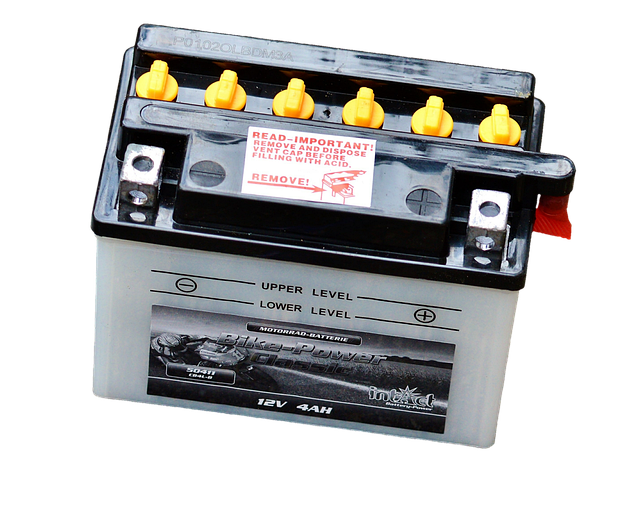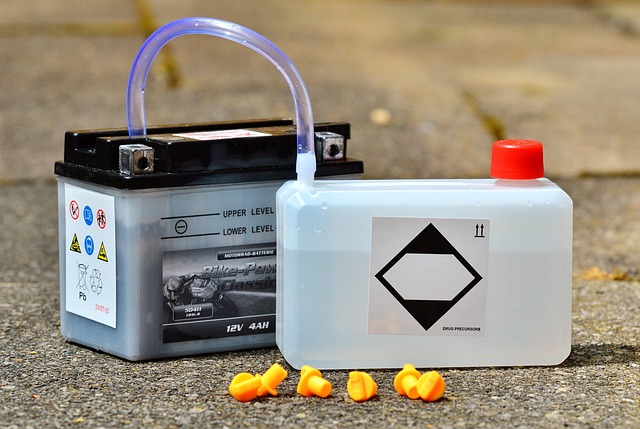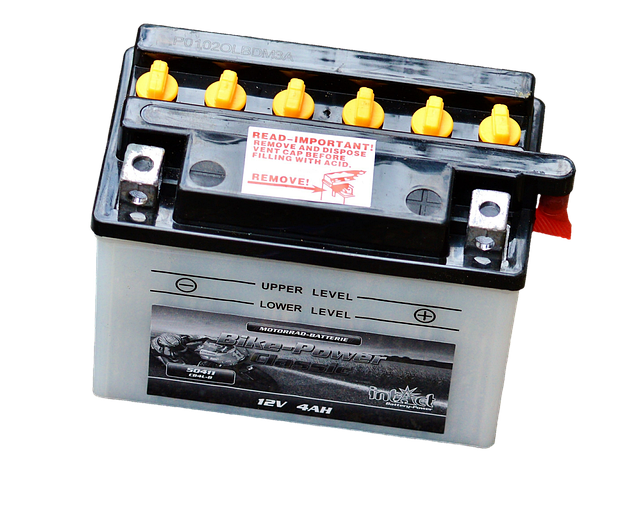Wiring Your Way to a Stronger Battery: A Guide to Battery Wiring
When it comes to maximizing the performance and longevity of your battery, battery wiring plays a crucial role that often goes overlooked. Whether you’re powering up a vehicle, setting up a solar energy system, or building a custom electronics project, understanding how to wire your batteries properly can make all the difference.
Why Does Battery Wiring Matter?
Think of battery wiring as the pathway for energy to flow. Just like a river needs well-defined channels for water to move efficiently, batteries require clear and correct wiring to deliver power effectively. Improper or careless wiring can lead to reduced battery life, inconsistent power output, or even dangerous short circuits.
For those who rely on batteries daily—be it for off-grid power solutions or automotive applications—the peace of mind that comes from secure and efficient battery wiring is invaluable. It’s not just about connecting terminals; it’s about unlocking the full potential of your energy system.
Series vs. Parallel Connections: Choosing the Right Setup
One of the foundational concepts in battery wiring is deciding between series and parallel connections:
- Series Wiring: Connecting batteries in series increases voltage while the capacity (amp hours) remains the same. This is ideal when your device or system requires a higher voltage than a single battery can provide.
- Parallel Wiring: Connecting batteries in parallel increases capacity (amp hours) while the voltage remains the same. This setup prolongs the runtime of your battery-powered system.
Choosing the right configuration depends on your specific power needs. Sometimes, combining both methods in a series-parallel arrangement creates a custom solution that balances voltage and capacity perfectly.
Essential Tips for Safe and Effective Battery Wiring
To get the most out of your batteries and keep your setup safe, consider these tips:
- Use the Right Gauge Wire: Thicker wires reduce resistance and heat buildup. Make sure your wire gauge matches the current load expected.
- Secure All Connections: Loose connections can lead to voltage drops and pose safety risks. Always tighten terminals and use proper connectors.
- Keep Polarity in Mind: Reversing positive and negative terminals can damage batteries and devices. Double-check your wiring before powering up.
- Include Safety Features: Fuses or circuit breakers can prevent damage in case of shorts or overloads.
- Regular Inspection: Periodic checks for corrosion, wear, or damage help maintain optimal performance and safety.
Feeling Empowered by Your Battery Wiring Knowledge
Diving into battery wiring might seem technical at first, but as you connect wires and watch your system come alive, there’s a tangible satisfaction that connects you with the power you’ve harnessed. It’s a reminder that good craftsmanship, attention to detail, and respect for the energy around us can lead to stronger, more reliable battery performance.
So, the next time you reach for that screwdriver or wire cutter, know that wiring your battery correctly isn’t just about electrical connections—it’s about empowering your whole system, extending the life of your battery, and fueling your projects with dependable, sustained energy.




